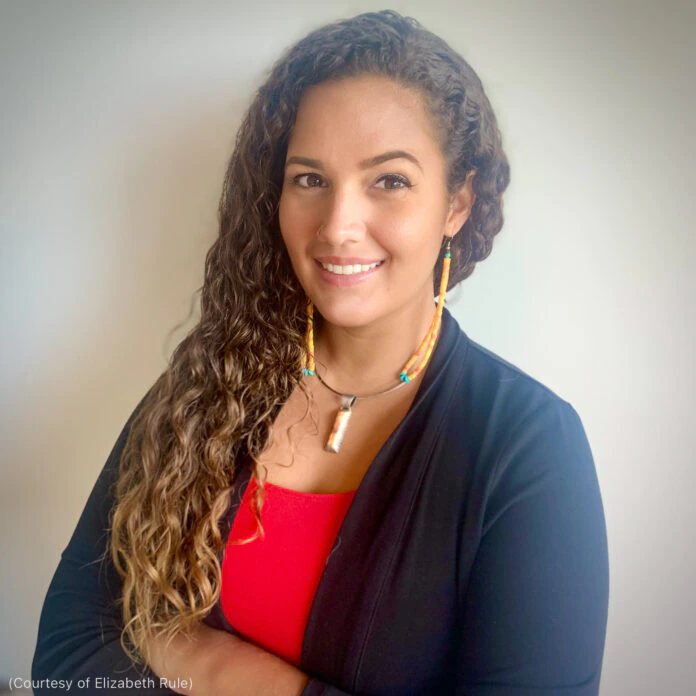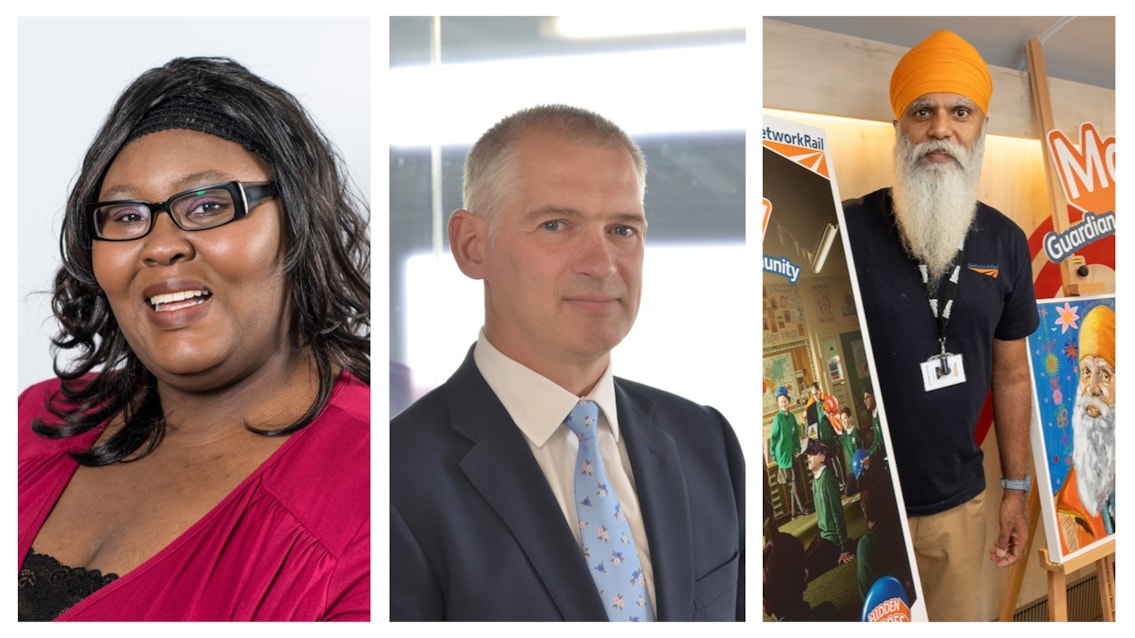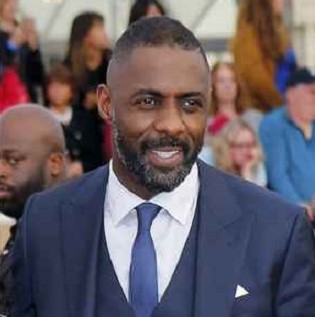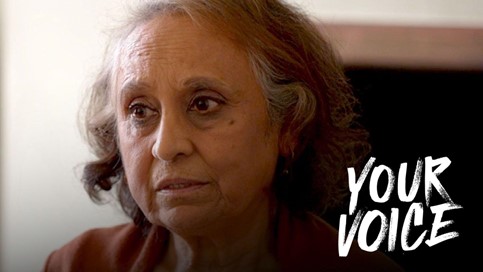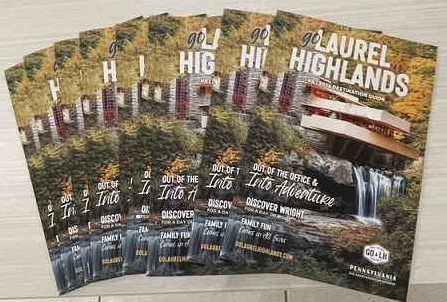The U.S. state of Maryland, one of the 13 original states, has a rich history that has always included Indigenous people. Elizabeth Rule, a professor-turned-app developer, is helping people learn about those contributions past and present.
“I really became interested in mapping as a way to tell the untold stories of Indigenous peoples,” said Rule, an assistant professor on race, gender and culture at American University in Washington and an enrolled citizen of the Chickasaw Nation.
The Guide to Indigenous Maryland mobile app takes people on a virtual tour of 21 culturally significant places — including landmarks, artwork and buildings — that collectively tell a more nuanced story about Indigenous people in Maryland.
Rule said she wants to push back against the stereotype that Native people are only historical figures, “so a lot of the focus is contemporary.” Take for example the “Duality of Indigeneity” mural in Baltimore by Colorado-based artist Gregg Deal, who is a member of the Pyramid Lake Paiute Tribe.
The mural shows two boys facing each other — one with long hair, the other in a hoodie. “Which one’s more Indian?” Deal asks. “And the answer is that they’re both Indian,” he said in 2016.
Other sites on the app include:
- Irvine Nature Center, built in 2014, which includes a Native American site dedicated to telling their stories.
- Cultural Resources Center, which is affiliated with the Smithsonian Institution’s National Museum of the American Indian in Washington.
- Piscataway Park, part of the U.S. National Park Service, includes the village of Moyaone. The village dates back at least 11,000 years and is the site of ceremonies such as the Feast of the Dead.
Rule developed the app with a state-wide task force comprised of several entities, including Indigenous nations local to Maryland, the state’s 24 public library systems and cultural organizations that preserve and promote Native American and Indigenous heritage.
Nicholas Brown, acting co-chief executive officer of Maryland’s Prince George’s County Memorial Library System, says the app helps people understand how essential Indigenous culture is in America. He pointed out that numerous places in the Washington area, such as the Anacostia River and Piscataway Park, are named after the tribes that lived there and often still do.
“It’s part of daily life, but people don’t often keep the fact that this is Indigenous land in the front of their minds,” Brown said. The app marks Rule’s third in a series centred on Indigenous peoples. She also created the Guide to Indigenous Baltimore and the Guide to Indigenous DC.
“I was inspired to create an educational resource for, first and foremost, my Indigenous students who didn’t know that Washington, D.C., had such a deep, rich, and diverse Indigenous history and Indigenous present as well.”



